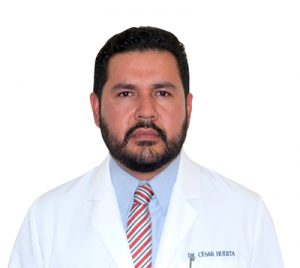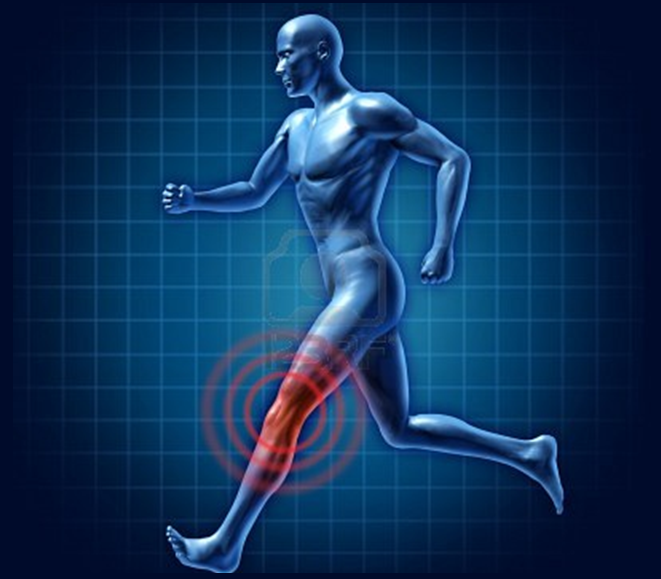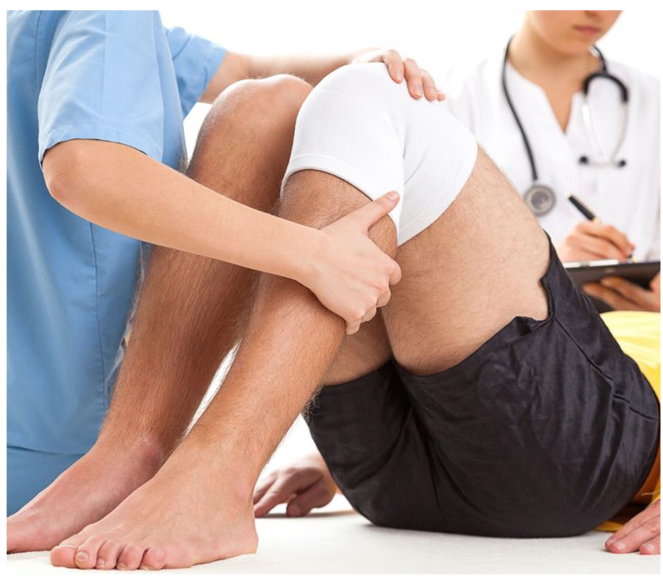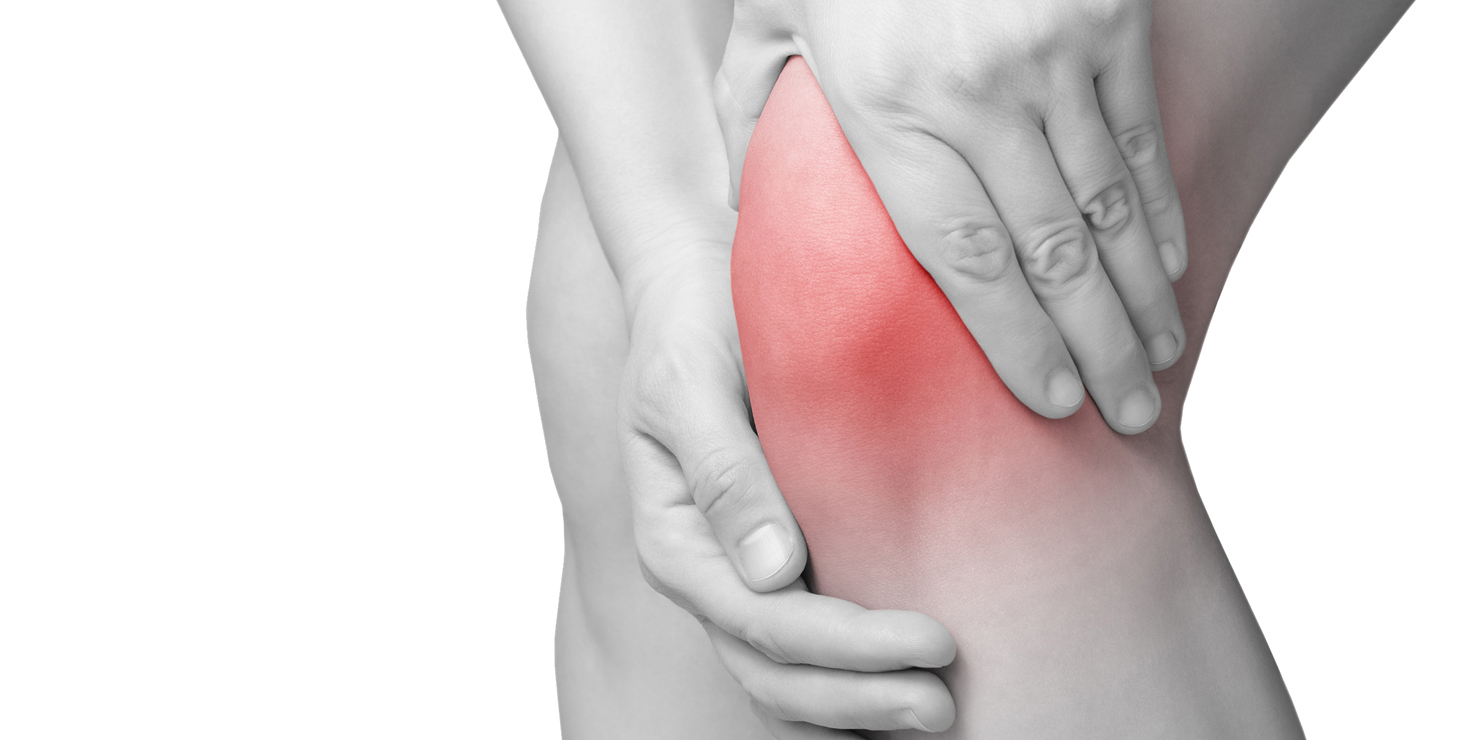
Dr. Cesar Huerta Traumatology
Dr. Cesar Huerta diagnoses, and treats injuries of the musculoskeletal system, including bones, tendons, ligaments, cartilage, joints, muscles, and other types of connective tissue involved with movement.
Surgeries & Procedures

Sports Injuries
Exercising is good for you, but sometimes you can injure yourself when you play sports or exercise. Accidents, poor training practices, or improper gear can cause them. Some people get hurt because they are not in shape. Not warming up or stretching enough can also lead to injuries.

Physical medicine and rehabilitation
Orthopedic physical therapy focuses on the treatment or rehabilitation of injuries to the orthopedic system, which includes muscles, bones, joints, tendons, and ligaments. Physical Therapy is often helpful in the treatment of orthopedic conditions that can cause pain, decreased strength, decreased range of motion, or swelling.
Why it's worth to choose Dr. Cesar Huerta?
You can be sure that with Dr. Cesar Huerta will provided you not only a complete diagnosis, but also an excellent service based on human quality
Safety
Medical care for patients with excellence, timeliness, equity, quality and human warmth
Professionalism
Performing high-level teaching and research activities with the integration of all the staff of the service
14
Experience
Excellent training in knee, shoulder, ankle and hip joint surgery, especially to treat patients with sports injuries and degenerative pathologies or joint wear mainly hip and knee
Traumatology provides healing and therapeutic benefits for a variety of conditions.
When should I see a traumatologist?
If you’re experiencing problems with your bones, muscles, joints, or tendons, consult a traumatology specialist for assessment and treatment.
Conditions and Disorders that traumatologists can treat

-
Muscle or bone damage caused by trauma (car accidents, falls from significant heights, gunshot wounds, high-risk sports injuries)
-
Low-intensity injury treatment (contusions, falls, low-risk sports injuries)
-
Preventing potential injuries caused by external or internal sources
-
Therapy for degenerative disorders
-
Injury monitoring until a patient achieves an adequate mobility level
-
Surgical intervention and care for relevant injuries
-
Musculoskeletal health improvements



